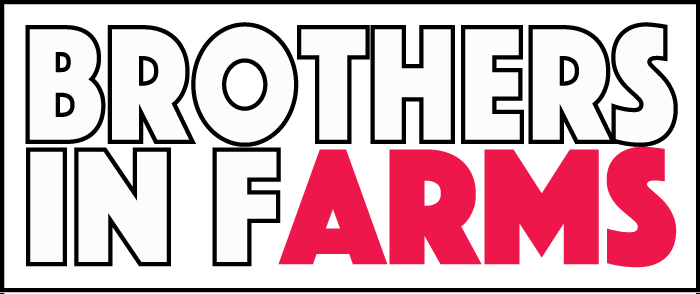One of the most fundamental exchanges that takes place in the wine business is the purchase and sale of grapes at harvest. For many wine regions around the world this is a vertically integrated and managed resource. This is not so, in Washington. By and large the industry is not vertically integrated yet and shows some indication of heading more in that direction as land values, water scarcity, and labor rates increase. (Not considering huge conglomerates controlling the lion share but, by numbers of wineries and their industry needs)
Over the next few years Washington is likely to see more outside interest and more vertical integration taking place. Even so, as long as wine grapes continue to be a tiered fruit in quality there will always be the specialized grower and the specialized winemaker. The transaction that takes place between these two entities is important to understand the health of your winery or vineyard business.
I enjoy breaking things down to understand complex interactions with clarity. The transaction that occurs between a grower and winemaker if watched from a distance in the loading area would be; Winemaker buys grapes - Winegrower sells grapes to winemaker - Winemaker picks up fruit and makes wine back at the winery. The reality of the transaction is that the winemaker has a business and consumers to please by creating a consistent product. To create a consistent product the winemaker needs a consistent product. There are talented winemakers who can make some fantastic wines from some not so fantastic grapes. However, all the ones I've met would rather not need to wear their grape doctor uniform on a daily basis, there are enough challenges in getting the product to market in that respect. The winemaker is not actually purchasing grapes, they are purchasing the consistency of the grower and what their property can produce.
Understanding this transaction in it's essence can guide both the winegrower and the winemaker into a healthier business. You start to understand that there can be great growers on mediocre properties and mediocre growers on great properties. The same is true for the grower in understanding his customer base if he is trying to increase his businesses perceived value over time to get the best return on his investment. Not every winemaker is going to take his business in that direction no matter how nice the client is or how well they pay. There is a middle ground for all these considerations and finding the businesses that fit with your companies goals whether you are a winery or a vineyard is important.
For growers we can utilize this thinking to understand what we need to do in order to deliver the product that our customers wish to purchase. We can see that consistency in product from season to season, not in exactness but, for quality in that vintage is important. Achieving consistency is key to a quality operation whether it's thousands or tens of acres. We can also use this thinking to drive our business.

